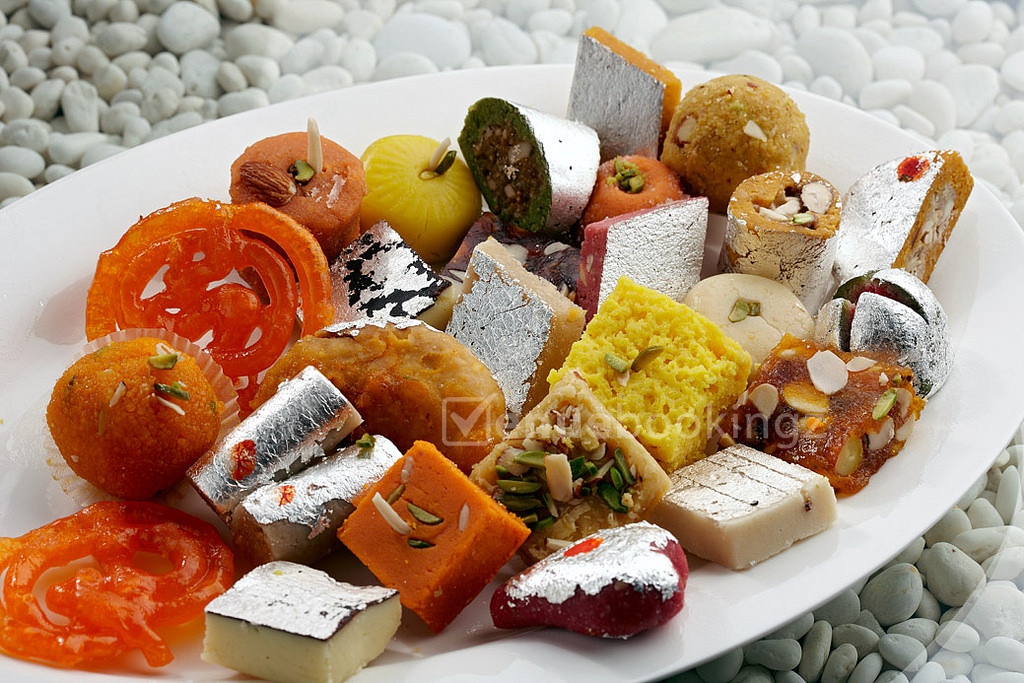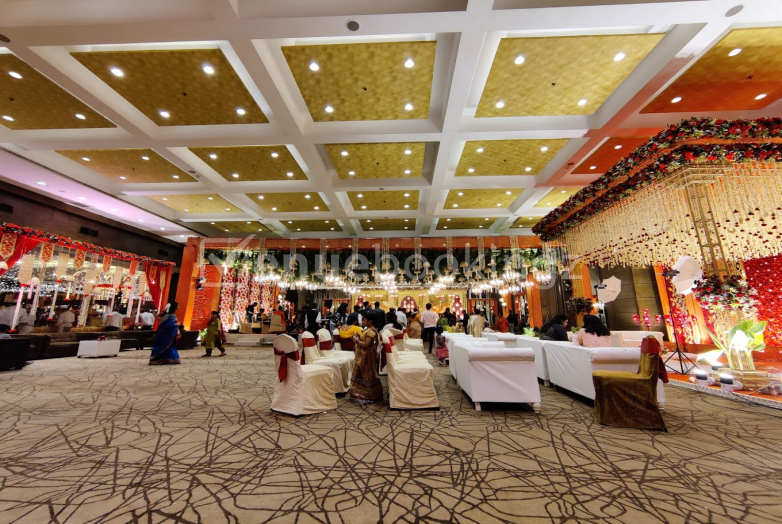In Indian weddings, food is not just a meal; it's a part of the ceremony. Every dish served is imbued with meaning and tradition, celebrating the union of the couple.
Desserts in India are the crown of any feast, symbolizing happiness and sweetness, crucial for marking the grandeur of weddings.
From north to south and east to west, each region of India offers its unique twist on traditional desserts, shaped by local ingredients and cultural influences.
Desserts as a Cultural Expression
How desserts reflect Indian heritage and traditions::Each dessert has a story, often rooted deep in the history of the region, and showcases the diversity of India's cultural tapestry.
Common ingredients and flavors in Indian desserts::Ingredients such as cardamom, saffron, ghee (clarified butter), and nuts are staples, contributing rich, intense flavors that define these sweets.
Choosing This List
Criteria for selection (popularity, cultural significance, diversity): The desserts chosen are not only popular but also symbolically rich and varied, representing the vast cultural landscape of India.
Gulab Jamun
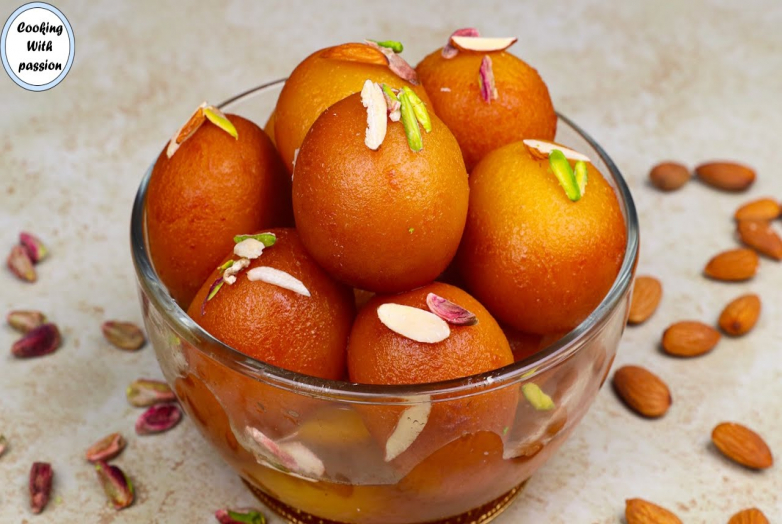
The Classic Favorite
Description of Gulab Jamun: Soft, spongy balls made of milk solids, fried and soaked in a rose-scented syrup.
Common occasions for serving Gulab Jamun: A wedding favorite, it’s also served during major Indian festivals like Diwali and Eid.
Regional Variations
Variants across different states: Some regions add a stuffing of dried fruits or saffron.
Key ingredients and preparation differences: While the traditional recipe uses khoya (milk solids), some variants might use sweet potato or paneer for a twist.
Making Gulal Jamun at Home
Basic recipe: Mix milk solids with flour and a leavening agent, roll into balls, fry, and soak in sugar syrup.
Tips for perfect Gulab Jamuns: Ensure the frying oil is at a medium heat to avoid the outsides burning before the inside cooks.
Jalebi
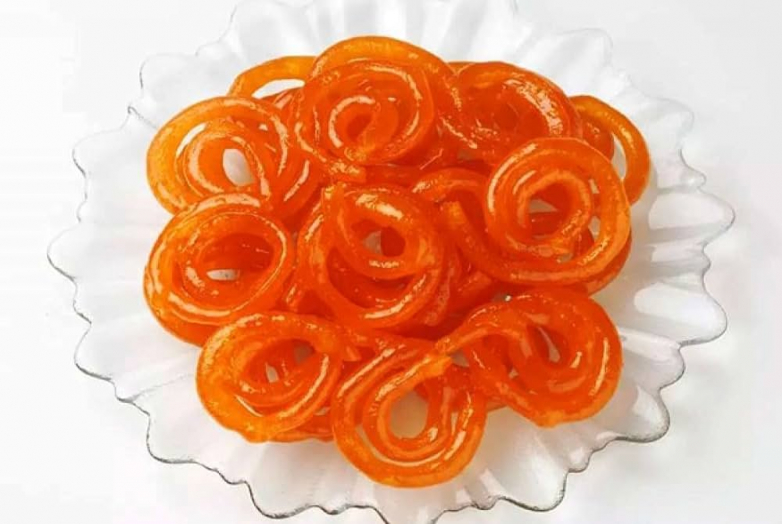
Crisp and Colorful Delight
Description of Jalebi: Spiral-shaped, crispy fried sweets soaked in syrup, known for their bright orange color.
Historical significance: Jalebi has been a beloved sweet in India for centuries, often mentioned in ancient scriptures.
Jalebi Across India
Regional twists on the traditional Jalebi: In some places, jalebis are paired with creamy rabri.
Popular accompaniments: Often served with milk or curd to balance its sweetness.
Cooking Tips
Step-by-step guide to making Jalebi: Mixing refined flour and yogurt, fermenting the batter, then frying in pretzel or circular shapes.
Common pitfalls and how to avoid them: Maintaining a consistent batter thickness is crucial for perfect jalebis.
Rasmalai
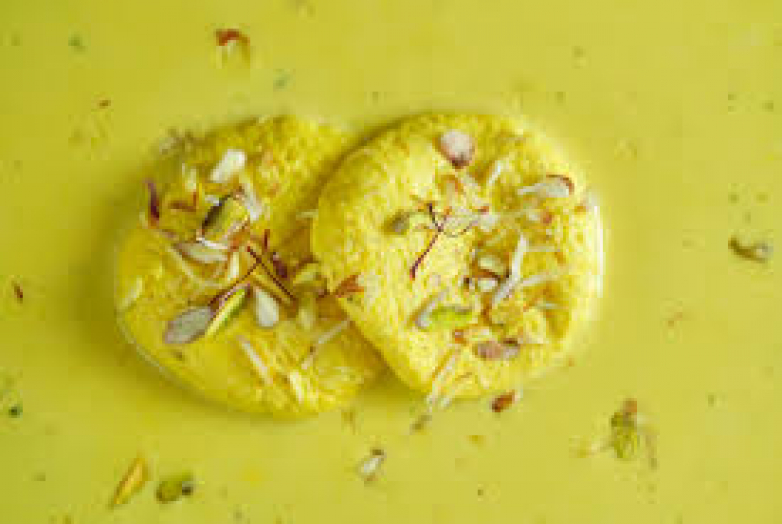
Creamy Indulgence
What makes Rasmalai unique: Flat, creamy balls soaked in sweet, cardamom-flavored milk.
Ingredients used in Rasmalai: Paneer, milk, sugar, cardamom, and saffron.
Regional Fame
Popularity in different regions: Beloved in both Northern and Eastern India, with some regional variations in the recipe.
Varied styles of presentation: Garnished with a sprinkle of ground nuts and maybe a pinch of gold leaf for extra luxury.
Recipe Insights
Detailed recipe: Start with making the paneer balls, then cook them in milk thickened with saffron and cardamom.
Personalization tips: Adjust the sweetness or add more cardamom per your taste preferences.
Kaju Katli
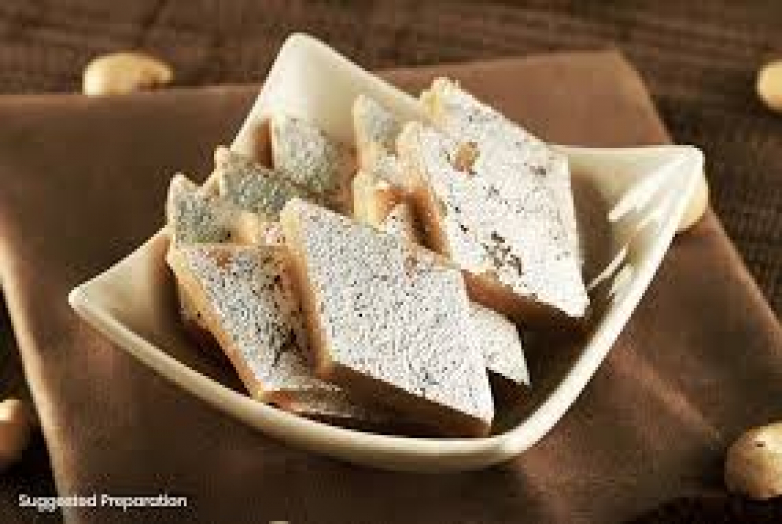
The Festive Luxury
Description and importance of Kaju Katli in weddings: Made with cashew nuts and sugar, this diamond-shaped sweet symbolizes prosperity and is a staple at wedding feasts.
Key ingredients: Primarily cashews and sugar, with a touch of ghee.
Variants and Innovations
Modern twists and new flavors: Some makers incorporate chocolate or mango flavors into the traditional recipe.
Dust adaptation (sugar-free, vegan): Available in sugar-free versions using sugar substitutes like stevia.
Preparation Guide
How to make Kaju Katli at home: Powder cashews finely, cook with sugar syrup until a dough forms, then roll flat and cut into diamonds.
Troubleshooting common issues: Preventing the mixture from crystallizing by keeping the syrup at the right consistency is crucial.
Barfi
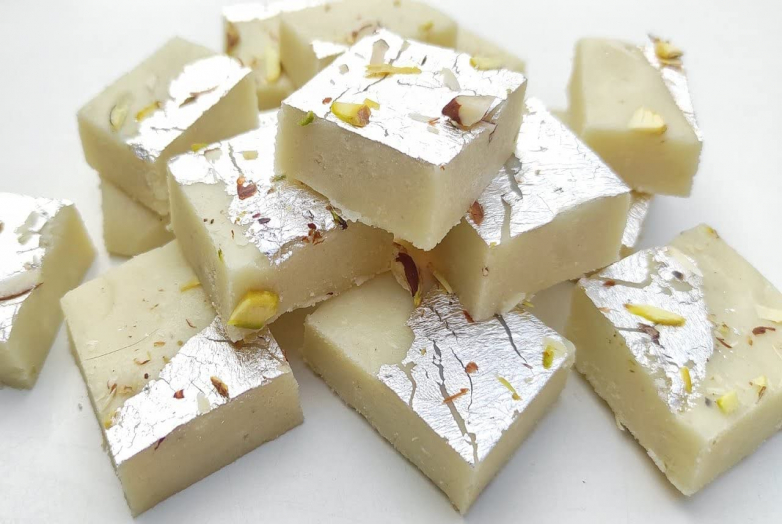
Diverse and Delicious
General overview of Barfi: A dense, milk-based sweet, often flavored with fruits, nuts, or spices.
The range of flavors and types: From simple milk barfis to rich variants like chocolate or fruits.
Popular Varieties
Coconut Barfi: Made with grated coconut, milk, and sugar, topped with cardamom or saffron.
Pistachio Barfi: Enriched with ground pistachios, offering a nutty flavor distinct from its peers.
Chocolate Barfi: A modern take integrating chocolate into the traditional recipe for a cosmopolitan crowd.
Homemade Barfi Secrets
Simple recipes for beginners: Basic milk barfi can be made with condensed milk, sugar, and cardamom.
Tips for perfect consistency and taste: Cook over low heat to avoid burning and stir constantly for an even texture.
Laddu
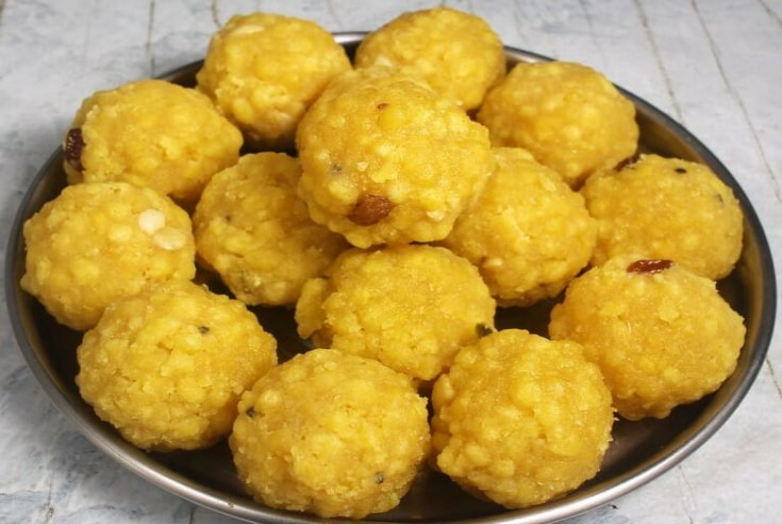
Ball-Shaped Bundles of Joy
Understanding Laddu’s significance: Laddus are thought to bring good luck and are cherished in various religious and festive celebrations.
Ingredient basics: Typically made from flour, ghee, sugar, and other ingredients like dry fruits, depending on the type.
Celebrates Laddu Types
Motichur Laddu: Made from tiny, fried gram flour balls, soaked in syrup.
Besan Laddu: Prepared with gram flour, sugar, ghee, and cardamom.
Rava Laddu: Uses semolina as the main ingredient, often enriched with nuts and raisins.
DIY Laddu Making
Recipes to try: Each variety of laddu has its method, but all share the need for careful proportion of ingredients and perfect timing.
Customization ideas for special occasions: Incorporate themed colors with natural food colorings or add special spices like nutmeg for a unique twist.
Halwa
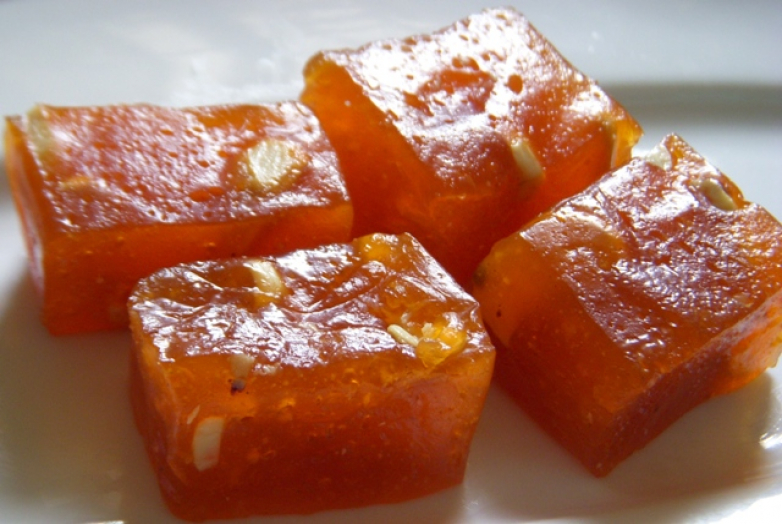
Comfort in Every Spoonful
Explaining Halwa and its importance: A dense, sweet confectionary made with various ingredients like flour, vegetables, or lentils mixed with sugar, ghee, and milk or water.
Common types of Halwa: Each type promises a different texture and flavor profile.
Must-Tray Variants
Gajar (Carrot) Halwa: Grated carrots cooked in milk, ghee, and sugar, often enjoyed warm.
Sooji (Semolina) Halwa: Made with semolina, sugar, and ghee, and flavored with saffron or cardamom for a comforting treat.
Moong Dal Halwa: A rich concoction of mung lentils, ghee, milk, and sugar, typically reserved for special occasions due to its labor-intensiveness.
Halwa Preparation Techniques
Step-by-step cooking guide: The key to great halwa is slow cooking and constant stirring to achieve the right consistency.
Tips to enhance flavor and texture: Toast the flour or semolina before adding liquids to bring out a nutty flavor and prevent lumps.
Peda
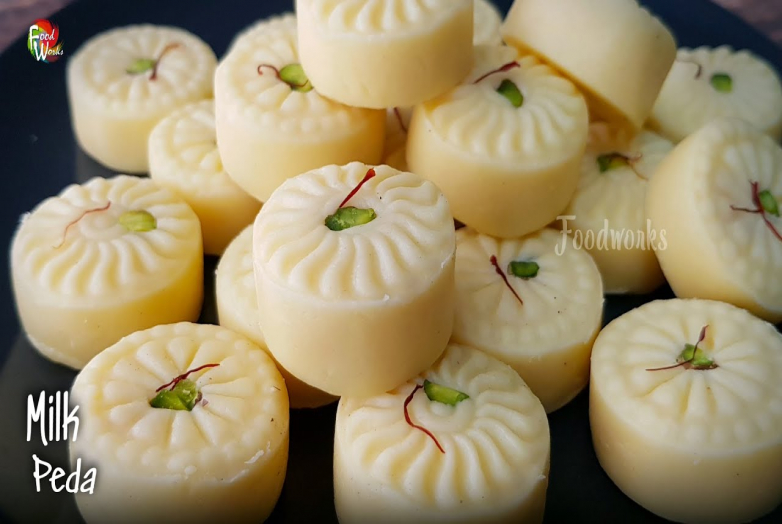
A Sweet Token of Goodwill
Introduction to Peda: A semi-soft sweet made from khoa, sugar, and traditional flavorings like cardamom or saffron.
Significance in weddings and gifts: Offered as prasad in temples and a popular gift item during festive and wedding seasons.
Peda Varieties
Mathura Peda: Known for its slightly grainy texture and caramelized sugar.
Dharwad Peda: Famous for its unique taste from slow-cooked milk.
Chocolate Peda: Incorporating chocolate, appealing to younger palates and those with a taste for Western flavors.
Crafting Peda
Essential recipe pointers: The key is in continuously stirring the mixture to prevent burning and achieve a smooth consistency.
Creative presentation ideas: Shape into small, round, flat discs and imprint with a design for a festive look.
Rasgulla
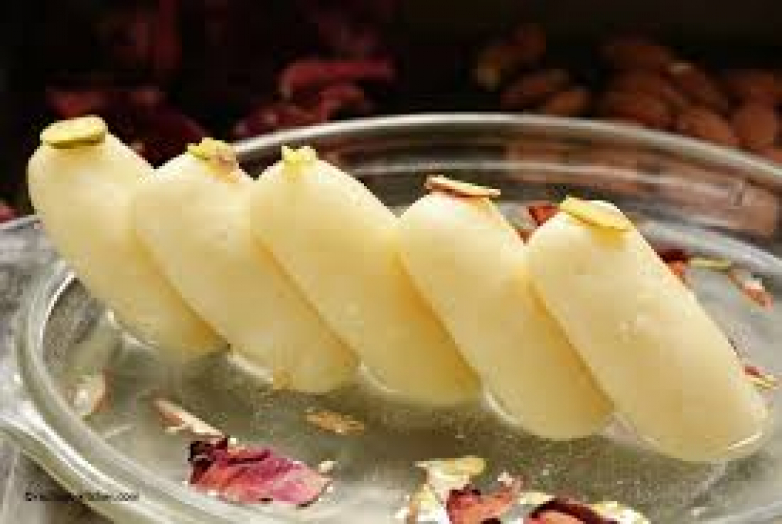
Spongy Sweetness in Every Bite
The origin and appeal of Rasgulla: Originating from East India, these are soft, spongy balls of cottage cheese soaked in sugar syrup.
Ingredients and texture: Made with Indian cottage cheese (paneer) and sugar syrup, they’re light and airy.
Regional Love for Rasgulla
Differences in East and West Indian styles: More syrupy in the East, slightly firmer in texture in the West.
Festive associations: Especially popular during the Durga Puja festival.
Making Rasgulla at Home
Detailed instructions: Paneer balls are cooked in boiling sugar syrup until spongy.
Common mistakes and fixes: Ensuring the paneer is not over-kneaded and the syrup maintains a consistent boil are crucial for perfect rasgullas.
Shrikhand
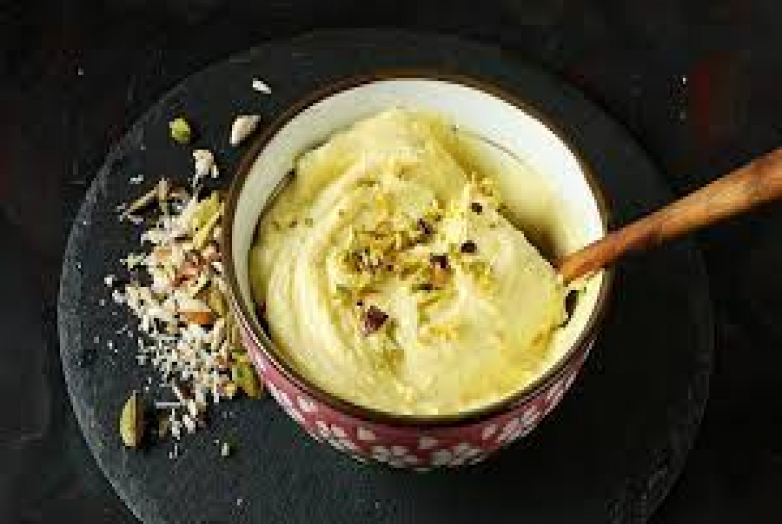
A Yogurt-Based Concoction
The basics of Shrikhand: A creamy dessert made with strained yogurt, sugar, and cardamom, often garnished with nuts or saffron.
Regional prominence, especially in Western India: A staple in Gujarat and Maharashtra, often served during weddings and festivals.
Flavorful Variants
Classic Saffron and Cardamom: The traditional flavor pairing that enhances the sweet tang of the yogurt.
Mango Shrikhand (Aamrakhand): Incorporates mango pulp for a fruity twist.
Fusion flavors in Shrikhand: Modern versions might include berry purees or chocolate shavings.
Whipping up Shrikhand
Easy recipes: Begin with hung curd, then mix in sugar and flavors until creamy.
Tips for perfect consistency and flavor: The quality of yogurt used is pivotal—opt for full-fat versions for a richer taste.
Conclusion
Recap of Top Indian Wedding Desserts
Summary of the desserts and their unique traits: We explored a variety of flavors and textures, from the creamy rasmalai to the crispy jalebi, each bringing its own story and excitement to wedding festivities.
Why These Desserts Stand Out
Their role in enhancing the wedding experience: These sweets not only serve as a treat for the taste buds but also as an integral part of the celebration, weaving sweetness into memories that last a lifetime.
FAQs
What is the most popular dessert at Indian weddings?
Gulab Jamun and Jalebi are often contenders for the top spot, widely loved for their sweet, rich flavors.
Are there any gluten-free or vegan options among these desserts?
Yes, desserts like Rasmalai and Shrikhand can be adapted for gluten-sensitive diets, and sweets like Kaju Katli can be made vegan by using plant-based substitutes.
How can one incorporate these desserts into a modern wedding menu?
Consider miniature versions or dessert platters for diverse tastes and contemporary presentations.
What are some tips for serving these desserts in large gatherings?
Opt for bite-sized versions for ease of serving and the ability to offer a wider selection, ensuring every guest enjoys a taste of tradition.
Whether you're planning a wedding or simply indulging in the culinary delights of India, these desserts offer a sweet peek into the rich tapestry of Indian culture. Enjoy exploring these delectable treats and perhaps try making some at home to share the joy with friends and family.

